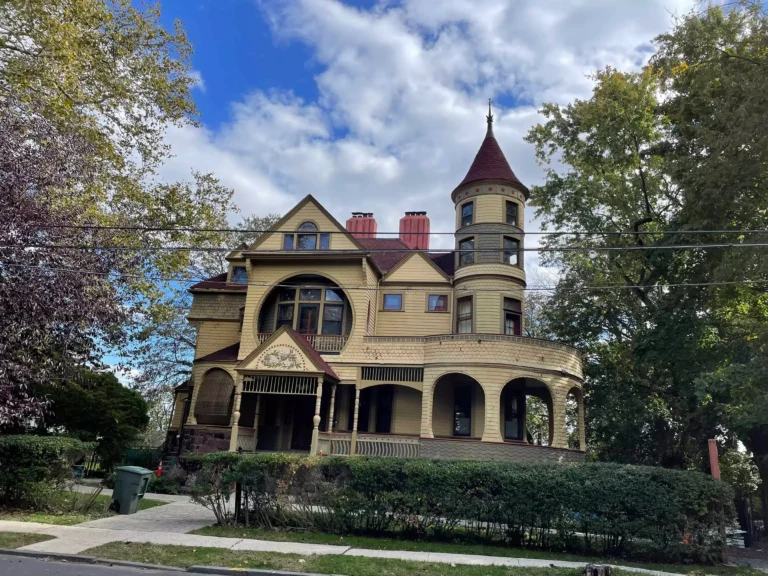Explore Lighthouse Hill, Staten Island
If you are looking for a neighborhood that combines history, nature, and culture, you might want to check out Lighthouse Hill, Staten Island. This area is home to some of the most impressive and unique homes on the island, as well as some of the most scenic views and attractions. In this blog post, we will give you a full in-depth information about Lighthouse Hill, its history, features, and notable residents.
History of Lighthouse Hill
Lighthouse Hill is the name of a hill, and the neighborhood situated thereon, in the New York City borough of Staten Island. Lighthouse Hill is situated to the north of Richmondtown, south of Todt Hill, and west of Grant City.
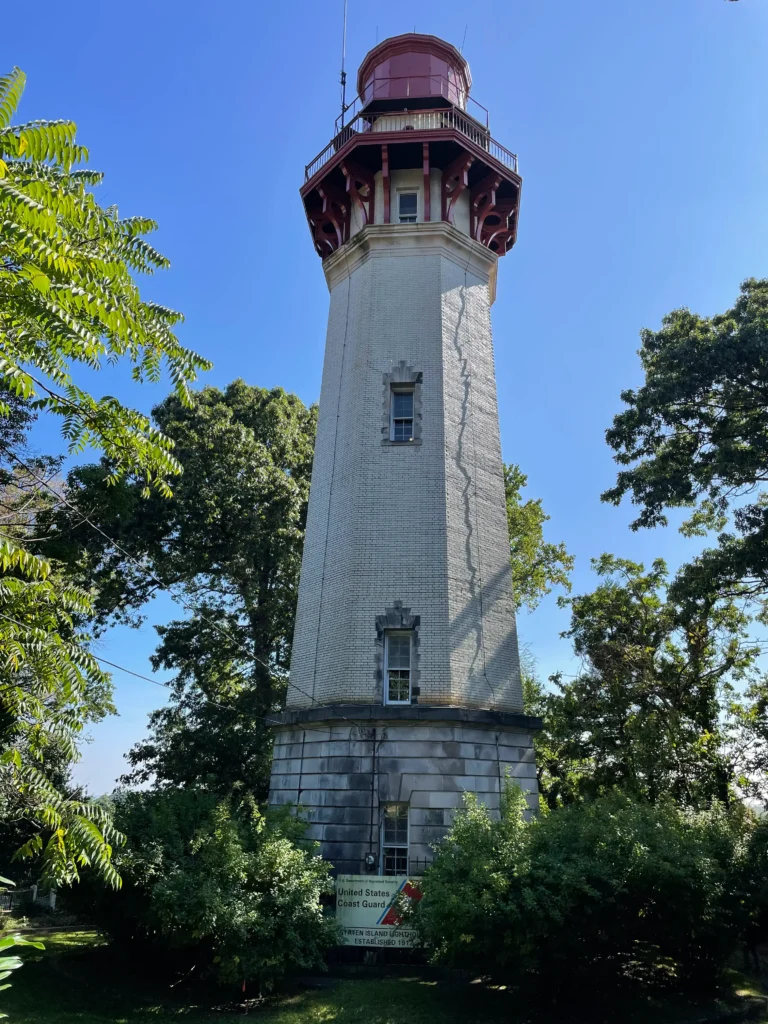


Lighthouse Hill was formerly known as Richmond Hill (not to be confused with the neighborhood of the same name in the borough of Queens), but it acquired its present name when the Staten Island Lighthouse, also known as Staten Island Range Light or Richmond Light, was finally put into operation on April 15, 1912. The octagonal tower was designed by architect George R. King and engineer Frank D. Leavitt, and it stands 90 feet tall, although upon the hill, it stands approximately 145 feet above sea level. The lighthouse was intended to serve as the rear range light companion to the West Bank Lighthouse (built in 1901 and located in Lower New York Bay), and its original light could be seen as far as 21 miles away. The lighthouse was designated a New York City landmark in 1968, and it still remains a valuable (albeit now automated) aid for ships to this day.
Much of Lighthouse Hill remained undeveloped until the 1850s, though some structures were built as part of the neighboring Richmond Town, which was first settled in the 1670s. According to the New York City Landmarks Preservation Commission, David Moore, the minister of Saint Andrew’s Episcopal Church, built a Federal-style, gambrel-roofed farmhouse in 1818 which was occupied by members of his family until 1943. In 1836, David Latourette built a stately gable-roofed brick farmhouse in the Greek Revival style; today it serves as the clubhouse of the LaTourette Park Golf Course and is currently listed on the National Register of Historic Places. Other historic structures in the area included its first public school, built in 1830 opposite St. Andrew’s Episcopal Church, as well as the Richmond Seminary for Young Ladies, a finishing school also erected circa 1830.
Features of Lighthouse Hill
Lighthouse Hill is the southernmost of the chain of hills that radiate from the northeast corner of Staten Island and separate its East Shore from the region behind the hills, usually referred to as Mid-Island by island residents. Richmond Creek flows near the bottom of the hill’s eastern ridge, and it is surrounded on all sides by parks belonging to the Staten Island Greenbelt, with the LaTourette Golf Course at the hill’s southern margin.
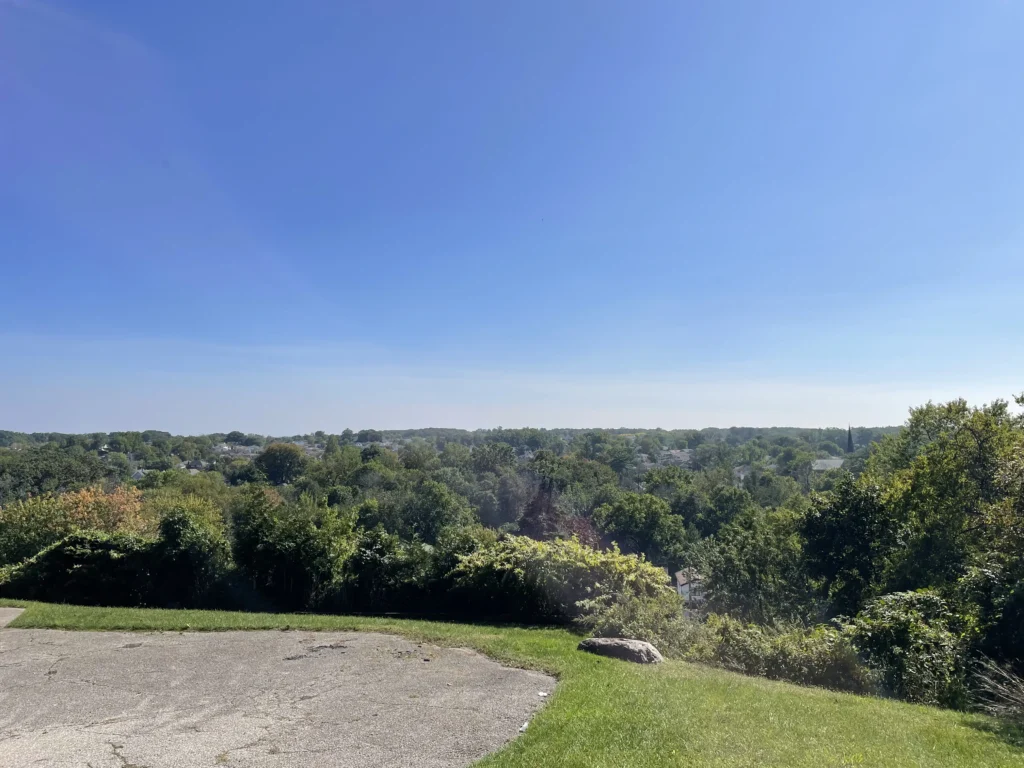
Like the other hilltop neighborhoods of Staten Island, Lighthouse Hill is noted for having some of the most opulent homes on Staten Island, rivaled only in grandeur by the Todt Hill neighborhood. In addition to the commanding views of historic Richmond Town and New York Harbor, Lighthouse Hill is also the site of the following notable locations:
The Jacques Marchais Museum of Tibetan Art is the oldest Himalayan style architecture in the United States, and it is listed on the National Register of Historic Places. The museum was founded by Jacques Marchais (1887-1948), an American woman who was a collector and dealer of Asian art. The museum features a collection of more than 1,000 objects from Tibet and other Himalayan regions, as well as a meditation garden and a cultural center that hosts various events and programs.
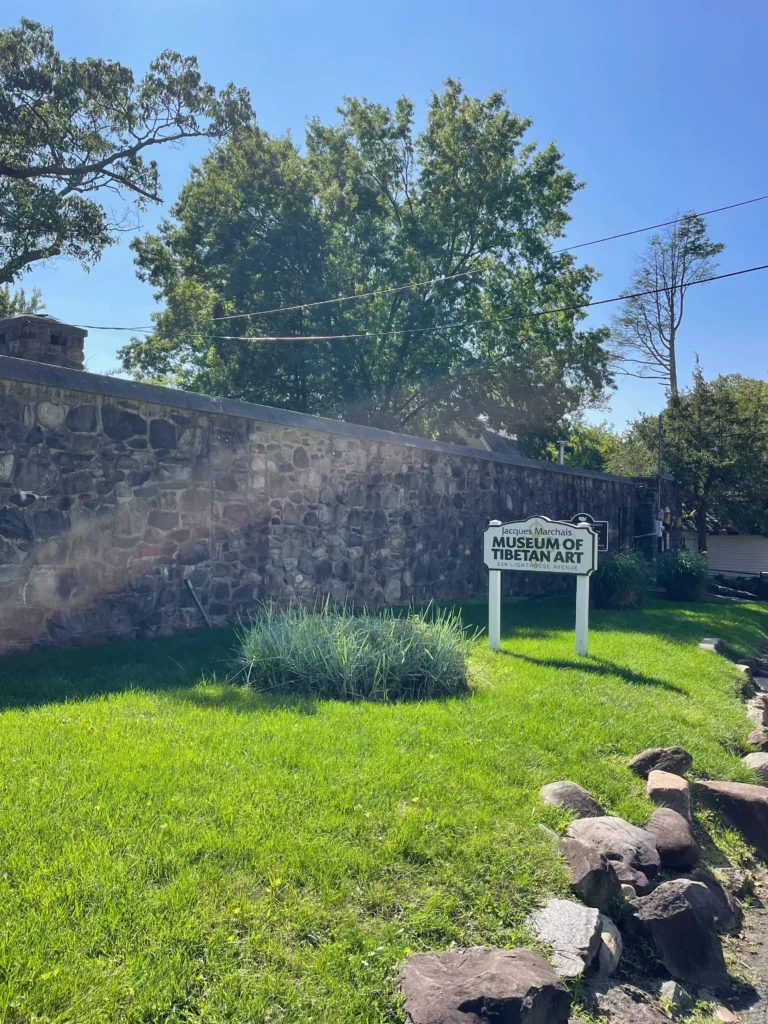
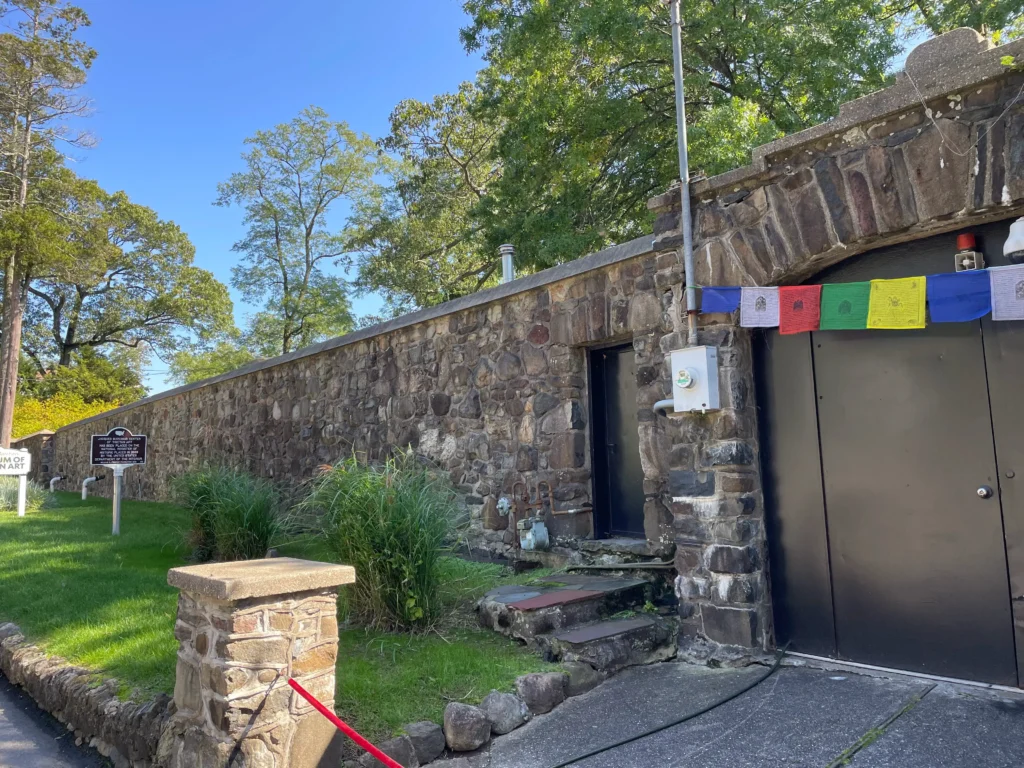


The Crimson Beech is the only residence in New York City designed by Frank Lloyd Wright, and it was declared a landmark in 1990. The house was built in 1959 for William Cass and Catherine Cass-Laidlaw, who were admirers of Wright’s work. The house is an example of Wright’s Usonian style, which aimed to create affordable and functional homes for middle-class Americans. The house features a hexagonal floor plan, a cantilevered roof, natural materials, and large windows that connect with the surrounding landscape.
Architecture and Homes
Lighthouse Hill is known for its grand Victorian, colonial and arts & crafts-style homes. Lot sizes range from half an acre up to 2 acres, allowing for spacious properties. Homes average 3,000-5,000 square feet with 4-5 bedrooms and 3-4.5 baths. Many include premium amenities like guest houses, pools, screen porches and sweeping harbor-facing verandas. Exteriors feature detailed woodworking, turrets, towers and manicured gardens enhancing the historic charm. Inside, high ceilings, elaborate millwork, marble fireplaces and vintage fixtures maintain the estates’ dignified atmosphere.
Community Activities
The Lighthouse Hill Civic Association hosts various events throughout the year that bring neighbors together, such as an annual Independence Day parade, outdoor summer concert series, Halloween trick-or-treating and a Christmas tree lighting. The neighborhood is also home to a community garden and farmers market each Saturday morning from May-October. Meanwhile, the Staten Island Outdoors Club offers guided hiking tours of the nature trails encircling the hill.
Parks and Recreation
Just steps from most homes, 130-acre LaTourette Golf Course boasts rolling fairways and scenic views. The park also has tennis courts and a clubhouse restaurant. Nearby, the Greenbelt Nature Center holds educational programs exploring the 500 acres of forest. Miles of woodland walking paths wind through the Covered Bridge Park and Bidwell Preserve reserves as well. Piers and boat launches at South Beach provide water access for fishing, kayaking or simply watching the Manhattan skyline across New York Harbor.
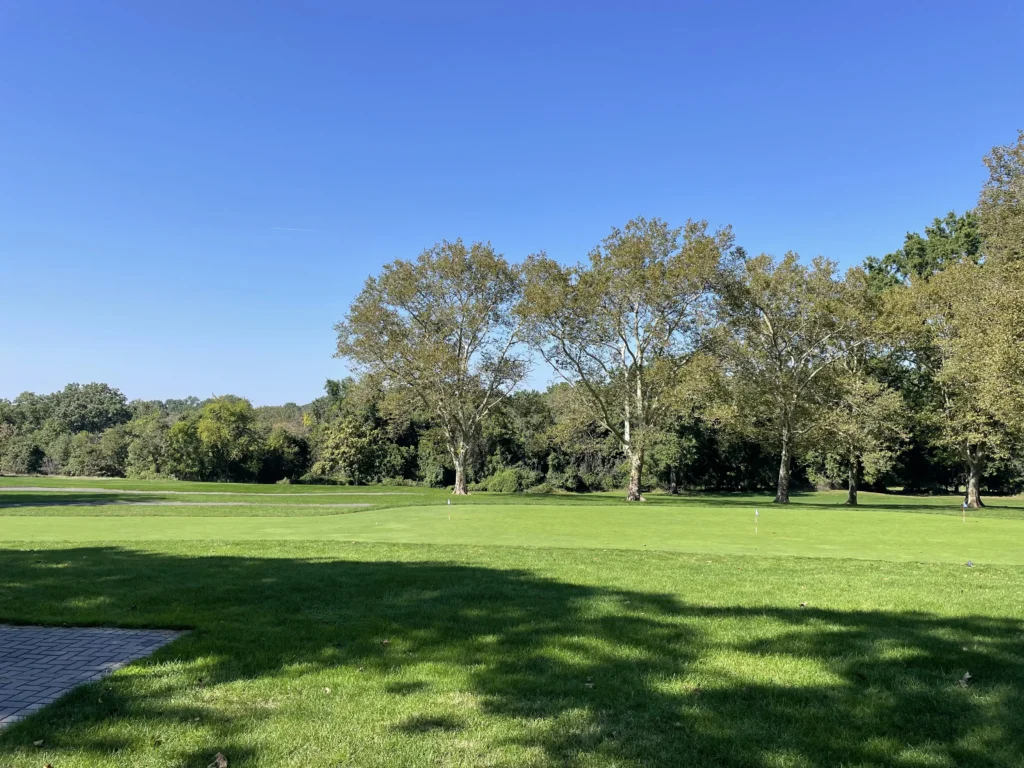

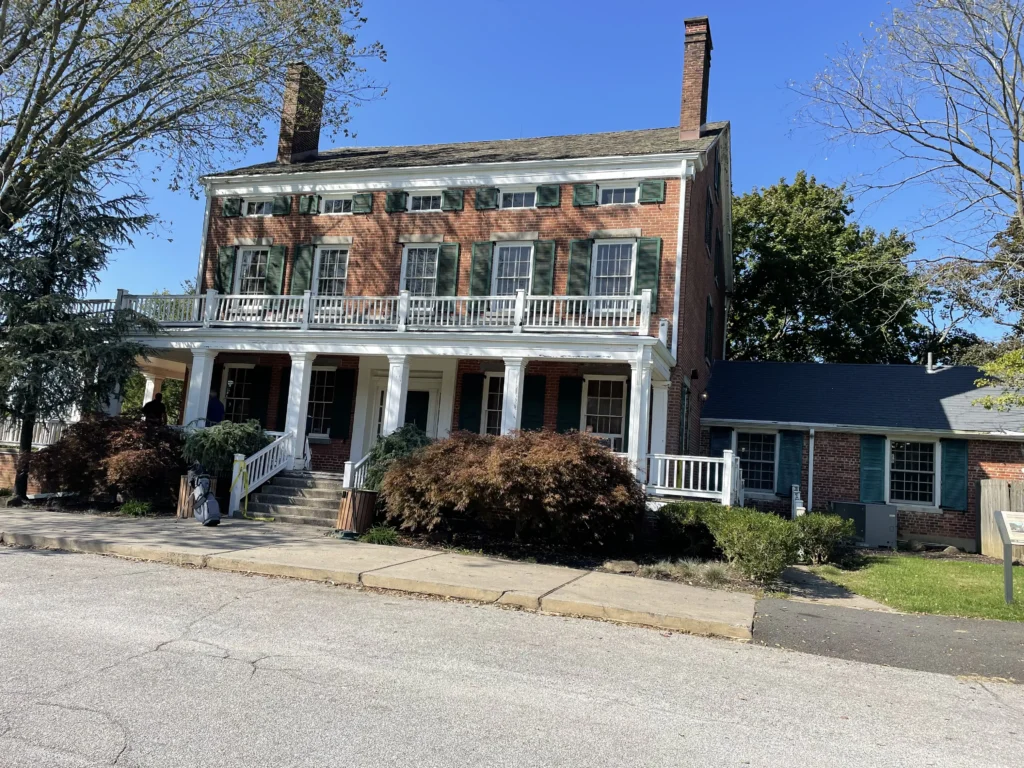
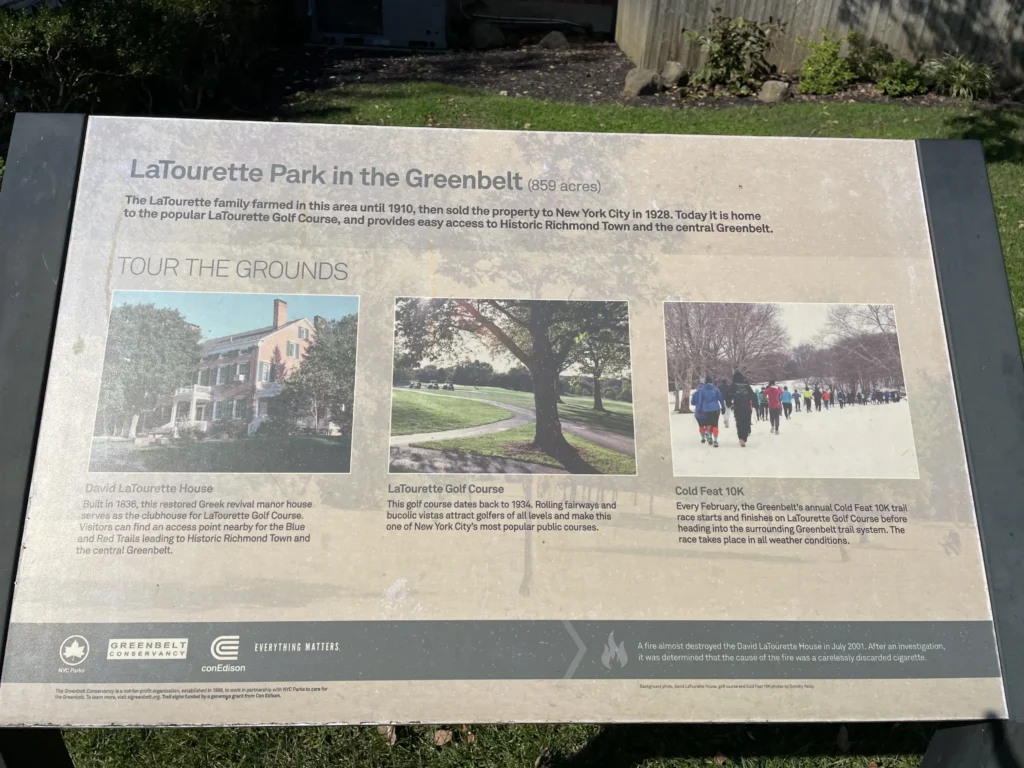
Dining and Shopping
Residents enjoy a true neighborhood feel patronizing local Italian eateries like Casa Verde and Marks Bake Shoppe for fresh pastries. The HiSign Brewery pours craft beers alongside pub fare. For procuring farm-fresh proteins and produce, visit Staten Island Mall Greenmarket. Meanwhile, boutiques like Iwarelove may satisfy gifting and fashion needs respectively. Larger shopping malls like the Staten Island Mall are a 10-minute drive outside the community.
Transit and Commute
Driving from Lighthouse Hill to Manhattan via the Verrazzano-Narrows Bridge takes 30 minutes on average. The neighborhood lies along the S53, S59, S74 and S78 bus lines which make hourly runs to the Staten Island Ferry terminal for a 15-minute ride into Lower Manhattan. Meanwhile, residents are a 10-minute drive to the Staten Island Railway’s Clifton station, providing a one-seat ride to St. George Terminal with transfers to NYC subway lines.
Demographics
Lighthouse Hill is home to approximately 2,500 residents. The median home value is $800,000 with a median household income of $150,000. Over 75% of the population has at least a bachelor’s degree. The neighborhood skews slightly older, with an average resident age of 42. Racially, Lighthouse Hill is 90% white, 5% Asian and 3% mixed-race or other ethnicities.
Notable residents of Lighthouse Hill
Edward Arlington Robinson (poet), best known for his poem “Richard Corey” (a staple in American high school and college literature classes). During his stay at LaTourette, Edward Arlington Robinson corresponded with Kermit Roosevelt, son of President Theodore Roosevelt. In his letters to Kermit Roosevelt, Robinson lauded the President for helping the poet obtain a job at the United States Customs House in Manhattan, which was essentially a “no-show” job that enabled Robinson to support himself while he wrote poetry. Robinson, by his own admission, wrote his least popular works – i.e., the plays “Van Zorn” and “Porcuipine” – while staying at LaTourette. Robinson was a respected poet and critic, and his work continues to be studied and enjoyed today.
Arthur Anderson, a radio, TV, and film personality who is best known as the “Voice of the Lucky Charms Leprechaun” lived on Edinboro Road for the first twelve years of his life. Anderson worked with Orson Welles in the Mercury Theatre and the radio series The Mercury Theatre on the Air which featured Shakepearean classics. Anderson was a talented actor and voice artist, and he is best known for his iconic role as the Lucky Charms Leprechaun.
Conclusion
Lighthouse Hill is a neighborhood that offers a lot of charm, history, and culture to its residents and visitors. Whether you are interested in lighthouses, architecture, art, or nature, you will find something to enjoy in this area. If you are looking for a place to live or visit on Staten Island, you might want to consider Lighthouse Hill as one of your options.


